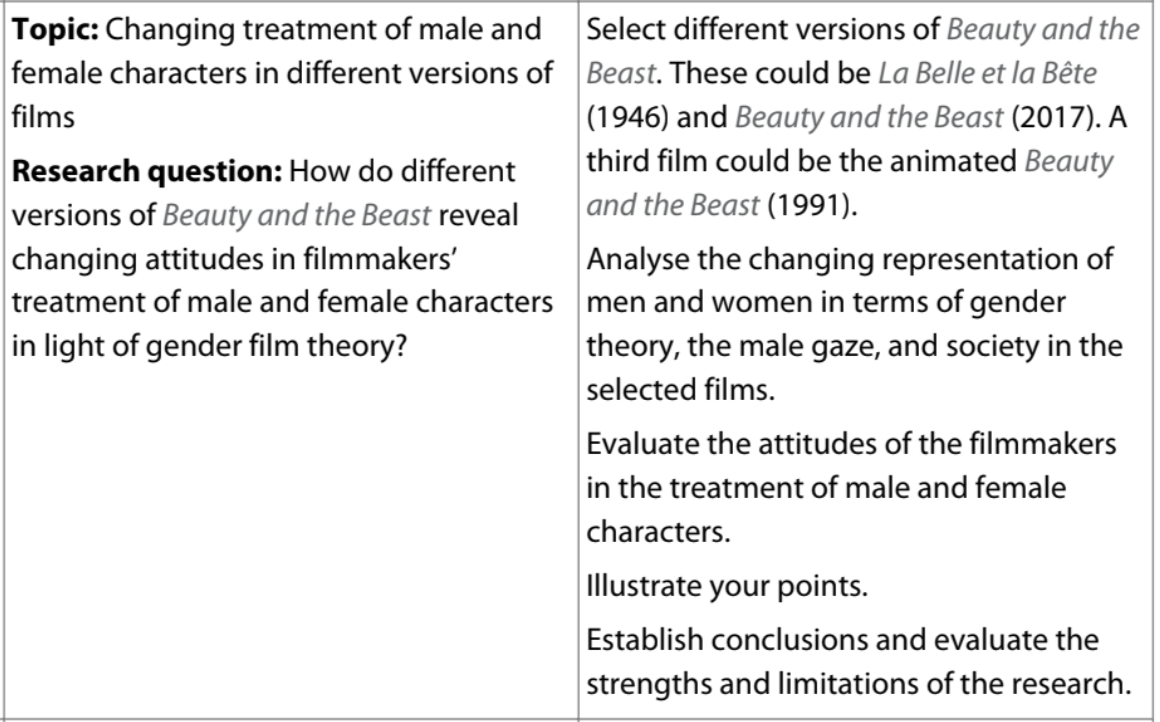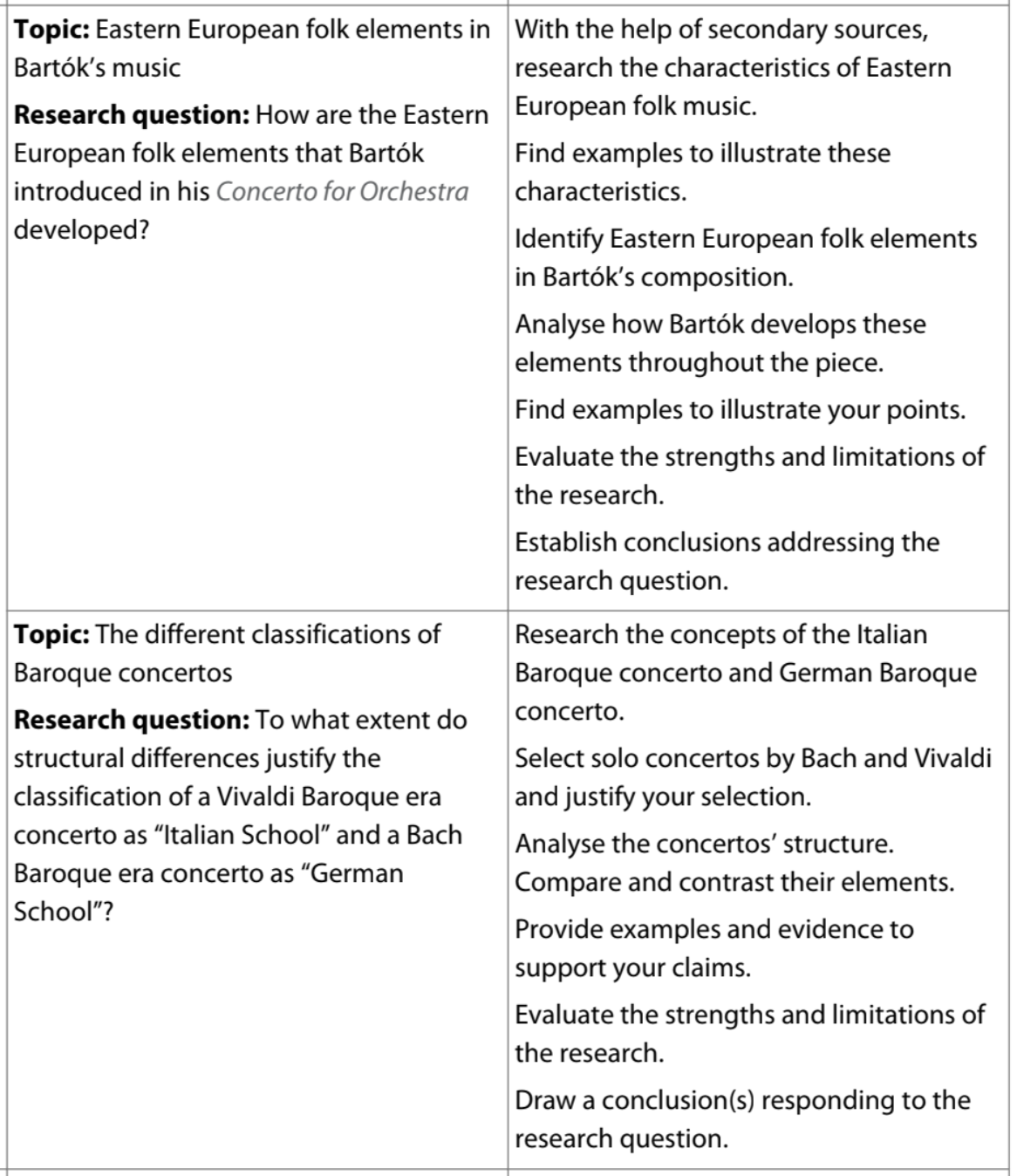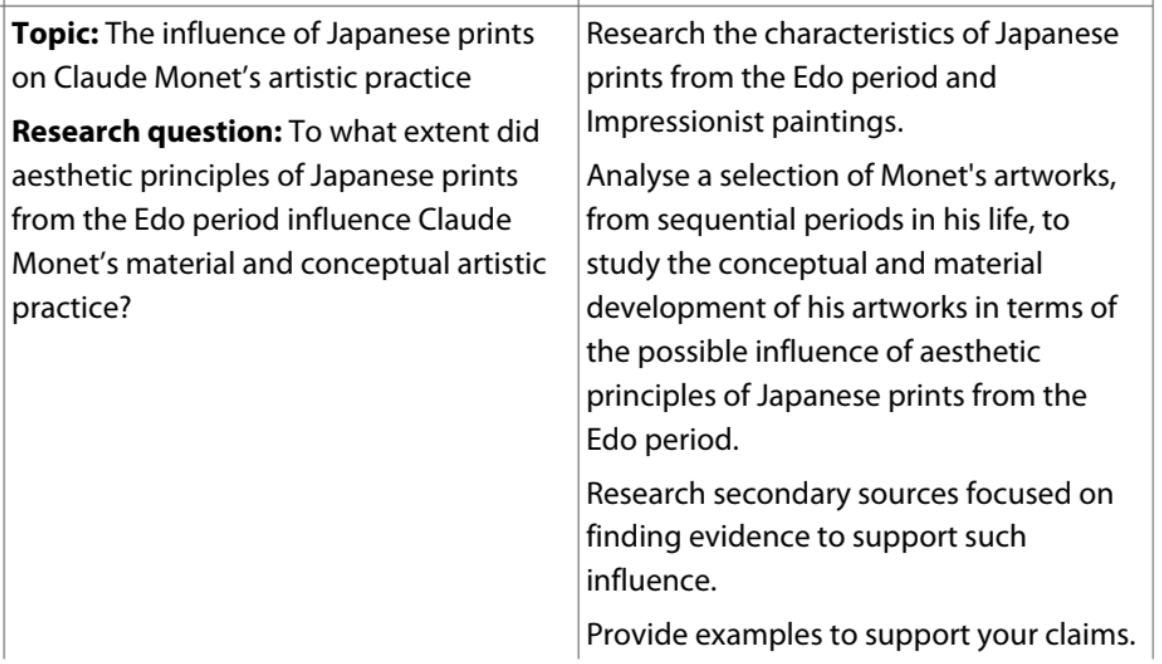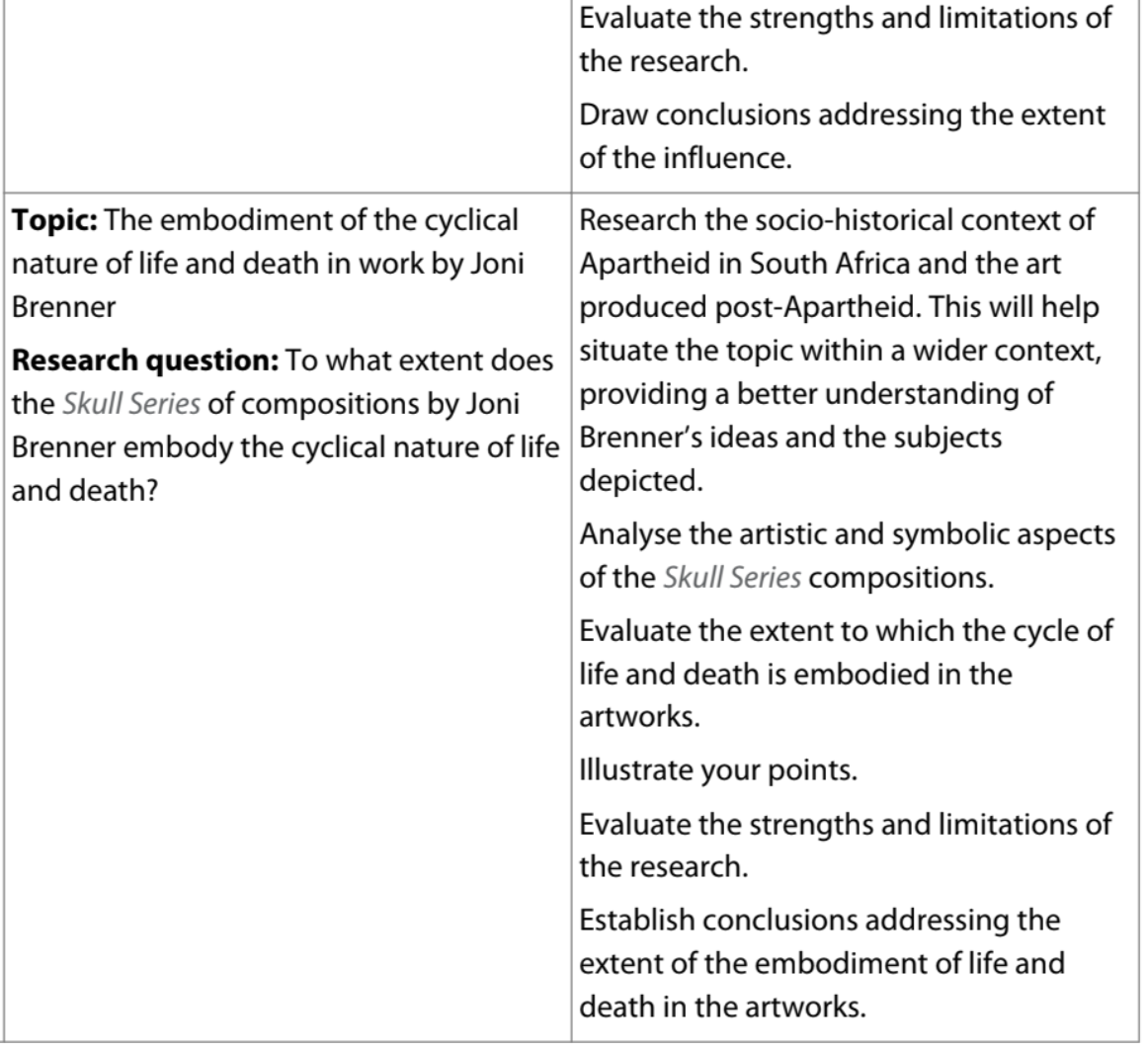
An extended essay in the arts is a formal research project that allows you to conduct an in-depth investigation of a topic in dance, film, music, theatre, or visual arts. Its primary focus is the critical analysis of artistic works themselves. This type of essay requires a balance between examining primary sources—the artworks—and supporting your analysis with research from secondary sources.
Maintain an Artistic Focus: The essay must center on the analysis of the art form. While you may discuss social, historical, or political contexts, the core of your argument should be about the artwork's meaning, techniques, and significance. The essay should not become a paper about history, sociology, or business.
Analyze Primary and Secondary Sources: Your argument must be built on two foundations:
Primary Source Analysis: Close examination of the original artworks, such as films, music scores, performances, or paintings.
Secondary Source Research: Use of scholarly books, articles, and critiques to provide context and support for your ideas.
Select a Focused Body of Work: Choose a specific and manageable set of primary sources. A smaller group of related works—for example, three to four pieces by the same artist—allows for deeper, more detailed analysis than a broad, superficial survey.
Employ a Critical Approach: Your essay should not just describe the artworks. It must present a critical evaluation, using formal analysis and relevant theoretical frameworks to interpret how the art creates its effects and meanings.
Exercise Caution with Comparative Topics: Essays that claim one artist influenced another are challenging. They require careful formal analysis of both artists' work and must be supported by clear evidence, such as interviews, letters, or documented statements, to prove the connection.
Consider an International Perspective: The essay provides an excellent opportunity to examine art from an international viewpoint, fostering a deeper understanding of different cultural contexts and artistic traditions.
SUBJECT-Specific Guidance pages explain the requirements. Print, highlight, annotate this document and pin it above your desk!
Use Command Terms and Subject-Specific Vocabulary to indicate a strong background in your subject
Read the Subject Reports to know what examiners are looking for.
Think of your essay like a court case: you need both strong evidence (the art itself) and expert testimony (what others say about it) to make your argument convincing.
1. Your Main Evidence: Primary Sources (The Art)
These are the actual artworks you're studying—the painting, the song, the film, or the play.
If you can't see the original in person, use the best quality videos, images, or recordings you can find.
Use images or descriptions of the art to help your reader follow your points, not just to decorate the essay.
2. Your Expert Witnesses: Secondary Sources (The Context)
These are books, articles, and interviews by experts like critics, historians, or the artists themselves.
Use them to understand the artist's world and choices, and to find different viewpoints that strengthen your own argument.
3. The Golden Rule: Analyze, Don't Just Report
Don't just list facts or quotes from experts. That's boring and won't get you a good grade.
Instead, focus on analyzing your primary sources. Explain what you see/hear and what it means.
The perfect essay mixes your own analysis of the art with quotes and ideas from experts to back you up. Your voice should be the star of the show.
Film


Music

Theater


Visual Arts


Sample Research Questions (from the OLD GUIDE - use for ideas only)
Review the questions below
Film
What is the role of psychoanalytic film theory in conveying distorted perceptions of reality filmically? (Grade B)
Music
How do the works of Lightning Washington, WC Handy and Amos Milburn reflect both African and European influences on the musical characteristics of the blues? (Grade A)
Theater
How does Kenneth Posner’s stage lighting convey meaning across various Broadway productions? (Grade A)
Visual Arts
See common structures, methodologies, use of command terms and other subject-specific vocabulary
Notice the difference between successful papers AND papers that were less successful
Past Papers in The Arts
Visual Arts (other subjects not yet published)
Examples from the OLD GUIDE (use for ideas only)
Music
Theater
Visual Arts
Review the general assessment criteria in the Assessment Tab first.
Then review these descriptors, specific to THE ARTS courses, to see what to focus on.
Five Criterion: Full marks = 30 points
A: Framework for the Essay
You should review the existing literature on your topic to inform the construction of your research question and evaluate its relevance. It is recommended that you carefully select a limited number of works (e.g. artworks, performances, play scripts) to support in-depth analysis and discussion within the word limit.
The use of images is mandatory in visual arts essays, and they must appear in the body of the essay.
It is recommended that essays in other arts subjects include carefully selected visuals—such as screen captures from films, diagrams, scores or set designs—to illustrate and support the developing argument. All such images must be properly identified and cited in the essay, and in a separate list of sources at the end of the essay. All images used must be of a reasonable size and high-quality resolution.
B: Knowledge and Understanding
You should use artistic terminology and concepts fluently and accurately. You should demonstrate knowledge and understanding of artistic periods, movements and styles when necessary. Your essay needs to show clear evidence of knowledge and understanding for at least one appropriate context that addresses the topic in a meaningful way.
C: Analysis and Line of Argument
While there are different ways of approaching an argumentative thread, in the arts it is important to illustrate the points made using examples from the works examined.
Another way of constructing a line of argument could be through comparisons of, for example, two or more dance productions, artworks or music scores. However, you should ensure that your comparisons are valid, that they are the product of sensitive and objective analysis, and that the point of making a comparison is clearly explained and significant.
D: Discussion and Evaluation
Your response to your research question should direct the reader to evidence, both in the work(s) studied and in the secondary research. It should do this in a balanced manner, considering a range of possible ideas and arguments.
You should identify the strengths and limitations of the research in your arts-focused topic and how important these have been in the interpretation of the findings and development of your conclusions.